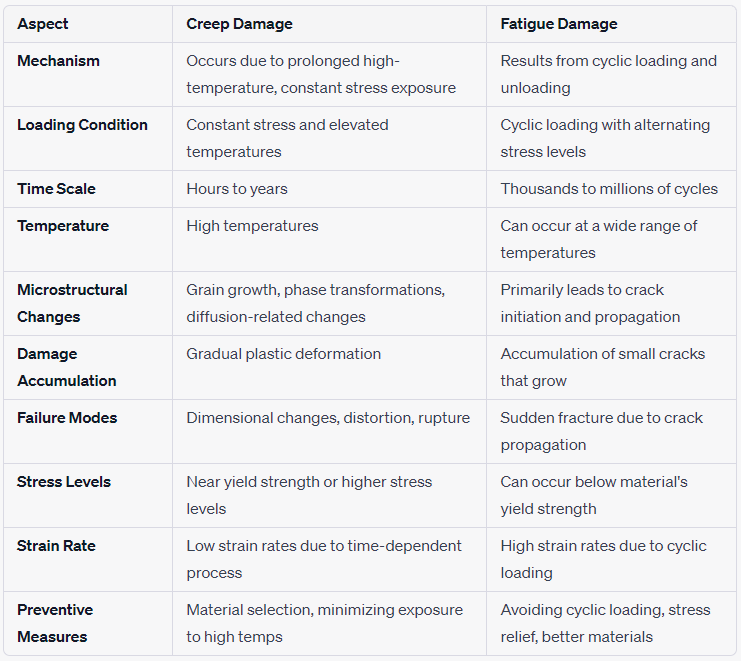Mat Integrity | Corrosion Podcasts [CP-001] Pitting Corrosion
- matintegrity
- Dec 30, 2022
- 1 min read
Welcome to Mat Integrity corrosion Podcasts, a podcast series about the various types of corrosion and how to prevent them. In this episode, we're talking about pitting corrosion.
We hope that you enjoy this first episode and share your comments or any suggestions for future improvement.
Pitting corrosion is a type of corrosion that results in small, deep holes or pits on the surface of a metal. It occurs when a metal is exposed to an aggressive environment or to certain types of bacteria or fungi that produce corrosive agents.
The mechanism behind pitting corrosion is quite complex, but it typically involves the following steps:
The metal surface comes into contact with a corrosive agent, such as saltwater or an acidic solution. This can cause the metal to become electrically charged, leading to the formation of anodic and cathodic areas on the surface.
The anodic areas of the metal surface become more reactive and begin to corrode more quickly. This results in the release of metal ions into the surrounding solution.
The cathodic areas of the metal surface become less reactive and begin to corrode more slowly. This results in the absorption of hydrogen ions from the solution and the formation of a protective oxide layer on the surface.
As the anodic areas continue to corrode, they form small, deep pits in the metal surface. These pits can eventually become so deep that they weaken the metal and make it more prone to failure.
The corrosion process continues until the metal is completely consumed or until the corrosive agent is removed from the environment.






Comments